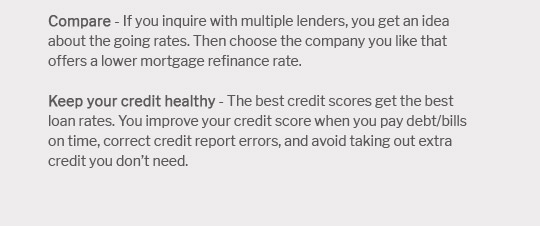 |
|||
 |
 |
 |
||
|---|---|---|
 |
||
 |
||
 |
||
 |
||
 |
||
 |
||
 |
 |
 |
 |
Understanding the Typical Mortgage Interest Rate in Today's MarketThe typical mortgage interest rate is a crucial factor for anyone considering buying a home or refinancing an existing mortgage. Understanding what influences these rates and how they compare historically can help potential borrowers make informed decisions. Factors Influencing Mortgage Interest RatesSeveral elements can impact mortgage interest rates, including economic conditions, government policies, and individual borrower profiles. Economic ConditionsInterest rates are often influenced by the broader economy. When the economy is strong, rates may rise due to increased demand for borrowing. Conversely, in weaker economic times, rates may fall to encourage spending and investment. Government PoliciesGovernment policies, including those set by the Federal Reserve, play a significant role in determining interest rates. The Fed's decisions on interest rates can have a ripple effect across the entire economy, impacting mortgage rates directly. Historical Perspective on Mortgage RatesLooking at historical data can provide context for today's rates. Over the decades, mortgage rates have fluctuated significantly.
These historical trends can help borrowers understand whether current rates are favorable. Types of Mortgage RatesUnderstanding the different types of mortgage rates is essential for making the right choice. Fixed-Rate MortgagesThese loans have a set interest rate over the life of the loan, providing stability and predictability for borrowers. For more details on these types of loans, you can explore fixed home equity loan options. Adjustable-Rate Mortgages (ARMs)These loans have interest rates that may change periodically based on changes in a corresponding financial index. This can result in lower initial rates but may increase over time. Comparing Current Mortgage RatesBorrowers should compare current mortgage rates across different lenders to ensure they get the best deal. Utilizing resources like the harp home mortgage interest rates program can offer insights into competitive rates. FAQ Section
https://themortgagereports.com/61853/30-year-mortgage-rates-chart
By 2022, inflation surged, pushing mortgage interest rates to their highest levels in two decades. Freddie Mac reported the average 30-year rate ... https://www.zillow.com/mortgage-rates/30-year-fixed/
Additionally, the current national average 15-year fixed mortgage rate decreased 2 basis points from 6.03% to 6.01%. The current national average 5-year ARM ... https://www.experian.com/blogs/ask-experian/compare-current-mortgage-rates/
The average mortgage rate in the U.S. for a conventional 30-year fixed-rate mortgage was 7.03% as of March 7, 2025. Current Mortgage Rates ...
|
|---|